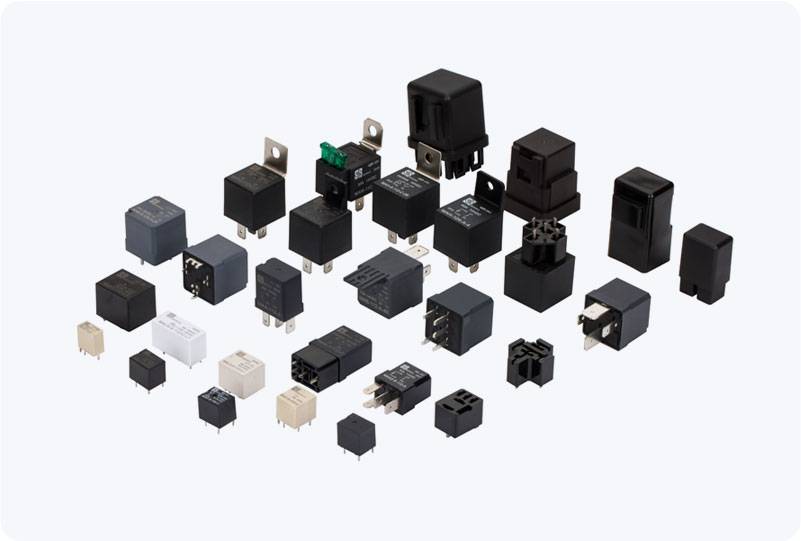understanding power relay: functions, applications, and importance
Release time:2025-11-11 17:56:02
A Power Relay is an essential component in many electrical systems, used to control high-power circuits safely and efficiently. Relays act as switches, allowing a low-power electrical signal to control a larger electrical load. In this article, we will explore the functions of power relays, their applications, and why they are critical in modern electrical and electronic systems.

What is a Power Relay?
At its core, a Power Relay is an electrically operated switch that opens or closes circuits based on signals from a low-power control system. It consists of several key components: a coil, contacts, a movable armature, and a spring. The coil, when energized, creates a magnetic field, which pulls the armature and moves the contacts to either open or close the circuit. The contacts can be either Normally Open (NO) or Normally Closed (NC), depending on the intended operation.
How Does a Power Relay Work?
The principle behind a power relay is simple yet crucial. When a small current is applied to the relay coil, the magnetic field generated moves the armature. This action causes the relay contacts to change their state—either opening or closing the circuit. In the absence of current, the contacts return to their default state, usually with the help of a spring mechanism.

